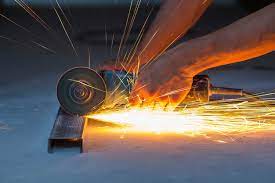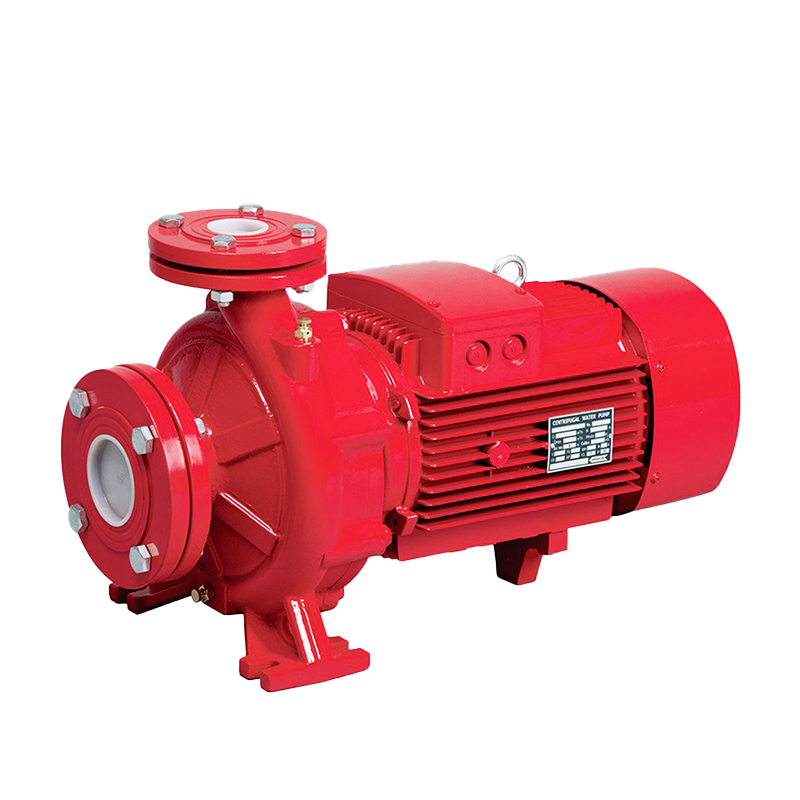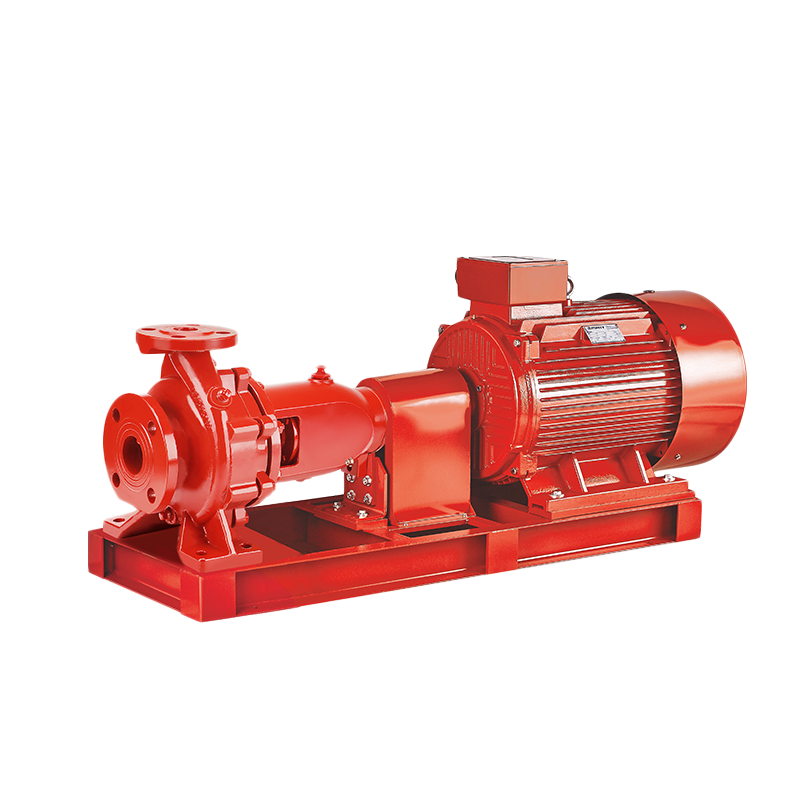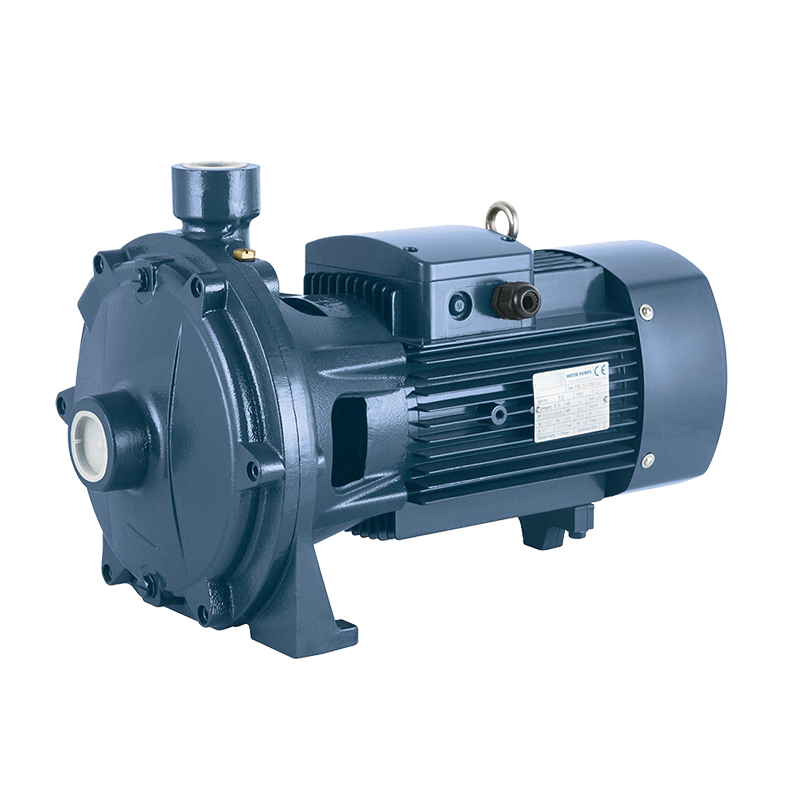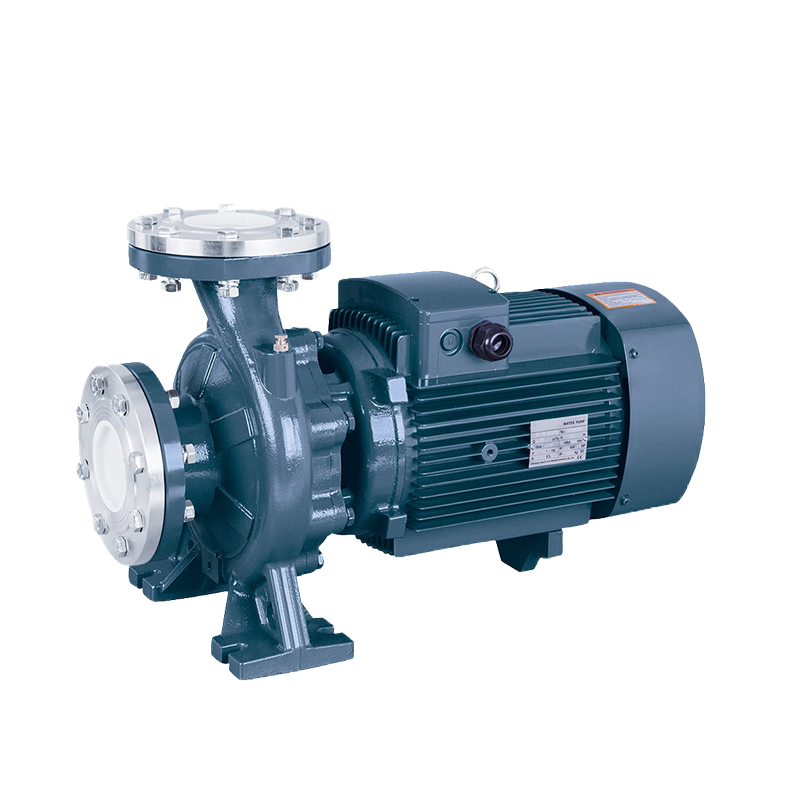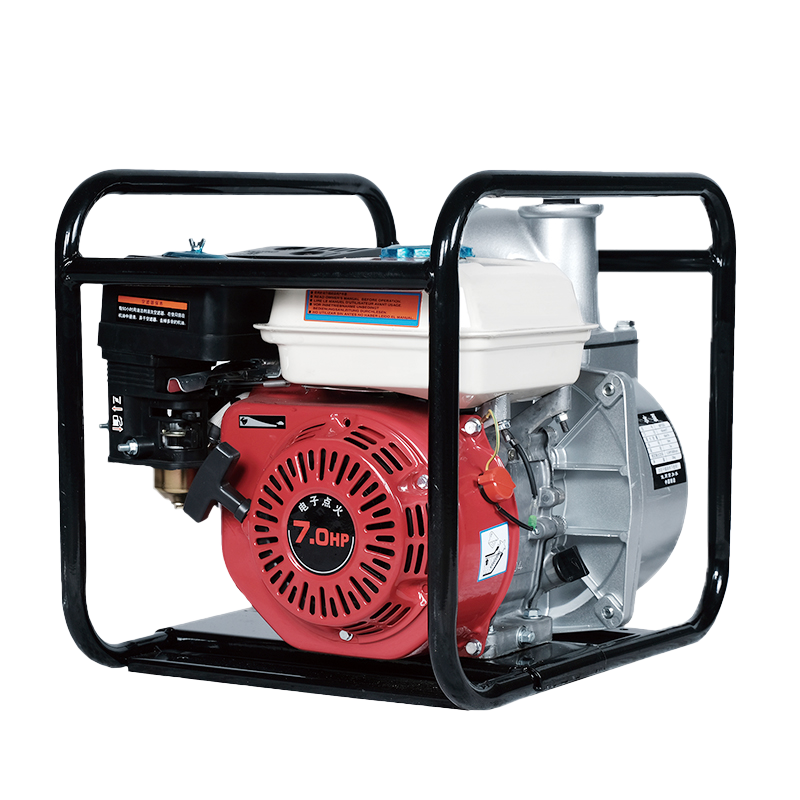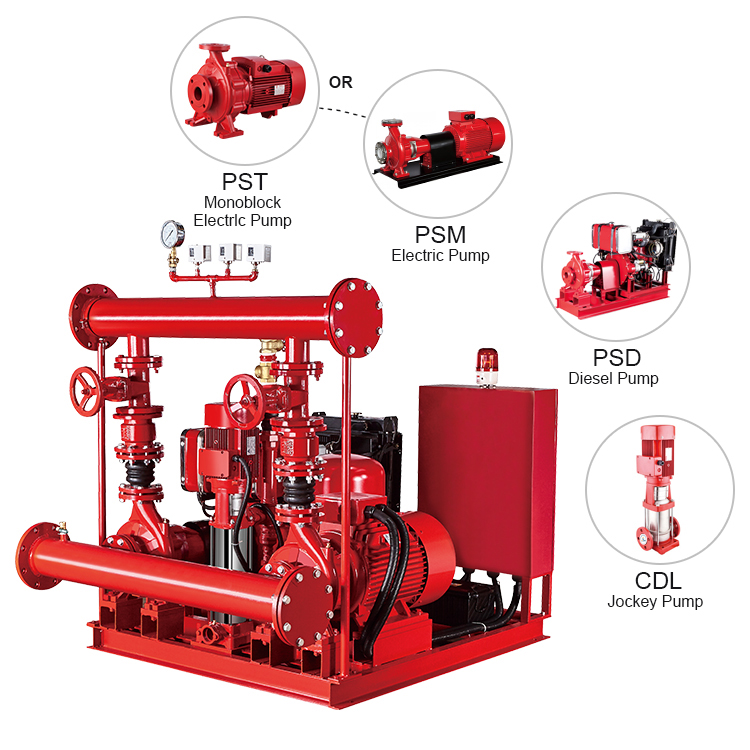Split Case Pump vs. End Suction Pump: Key Differences Explained
When selecting a centrifugal pump for industrial or commercial applications, two common designs are split case pumps and end suction pumps. Each type has unique features, advantages, and ideal use cases. Understanding their differences helps in choosing the right pump for efficiency, maintenance, and cost-effectiveness.
What is a Split Case Pump?
The split case pump (split case circulation) is also called a single-stage double-suction centrifugal pump. Its main feature is the large flow rate of the conveying medium. The working principle of the split case pump: The impeller is installed in the pump casing and fastened to the pump shaft, which is directly driven by the motor. There is a liquid suction in the center of the pump casing connected to the suction pipe. The liquid enters the pump through the bottom valve and the suction pipe. The liquid discharge port on the pump casing is connected to the discharge pipe. When the pump speed is constant, its pressure head and flow rate are related to the impeller diameter.
Key Features:
Split-center design:
The pump body is split along the split plane passing through the pump axis for easy maintenance and overhaul.
Double suction impeller:
The impeller consists of two back-to-back impellers. The water flowing out of the impellers converges into a volute. There are two suction chambers, which are usually used to increase the flow rate.
Stable and reliable:
The use of high-quality materials and advanced manufacturing technology ensures the long-term stable operation of the pump. The multi-stage design allows the impellers of other levels to continue to work when a single-stage impeller fails, thus improving the reliability of the pump.
Common Applications:
Municipal water supply
HVAC systems
Fire protection systems
Industrial cooling circuits
What is an End Suction Pump?
An end suction pump has a single-entry impeller where fluid enters axially and discharges radially. The casing is typically one-piece, making it more compact.
Key Features:
Single-Suction Impeller – Simpler design but may have higher axial load.
Space-Saving – Compact and lightweight, suitable for tight installations.
Lower Initial Cost – More economical for small to medium-duty applications.
Common Applications:
Residential and commercial water systems
Chemical processing
Irrigation and drainage
Booster pump systems
Which One Should You Choose?
Choose a Split Case Pump if:
You need high flow rates and pressure.
Easy maintenance is a priority.
The application requires long-term durability (e.g., water treatment plants).
Choose an End Suction Pump if:
Space and budget are limited.
The system operates at moderate flow rates.
Quick installation is needed (e.g., residential/commercial buildings).
Both split case pumps and end suction pumps have distinct advantages depending on the application. Split case pumps excel in heavy-duty, high-efficiency scenarios, while end suction pumps offer cost-effective, space-saving solutions for smaller systems.
 English
English عربى
عربى
 Fire Pump and System
Fire Pump and System Split Case Pump
Split Case Pump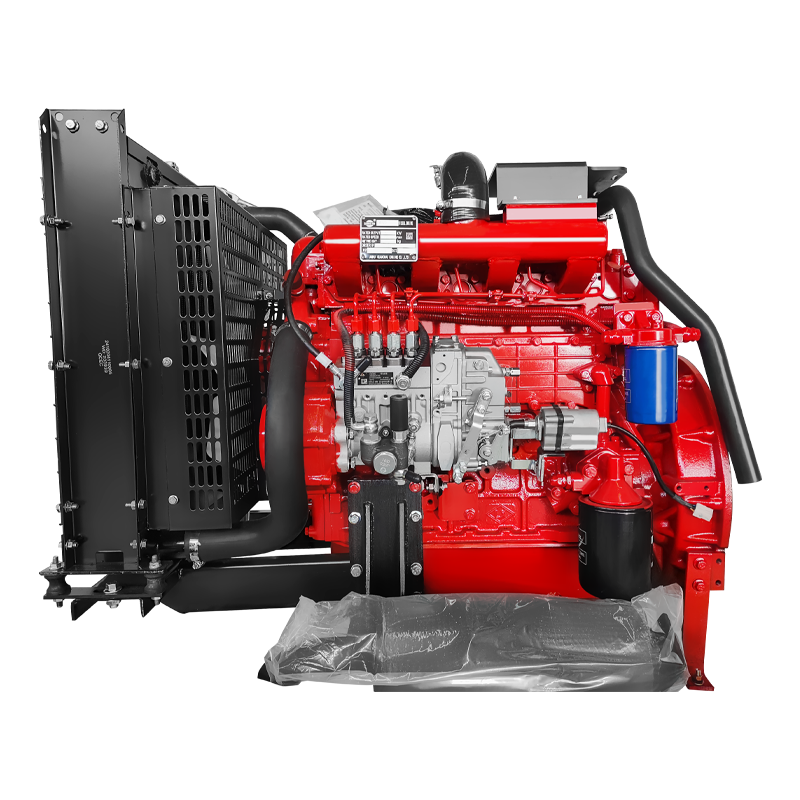 Engine and Pump
Engine and Pump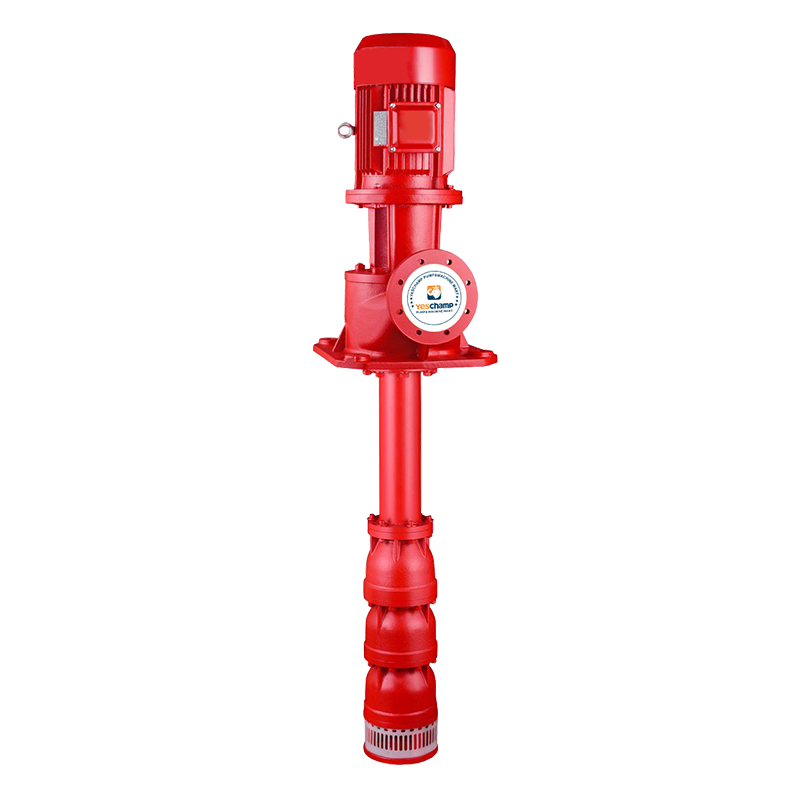 Long Shaft Pump
Long Shaft Pump Multistage pump
Multistage pump Water Supplier System
Water Supplier System Sewage Pump
Sewage Pump Industrial Pump
Industrial Pump Self-Priming Pump
Self-Priming Pump Inline Pump
Inline Pump Domestic Pump
Domestic Pump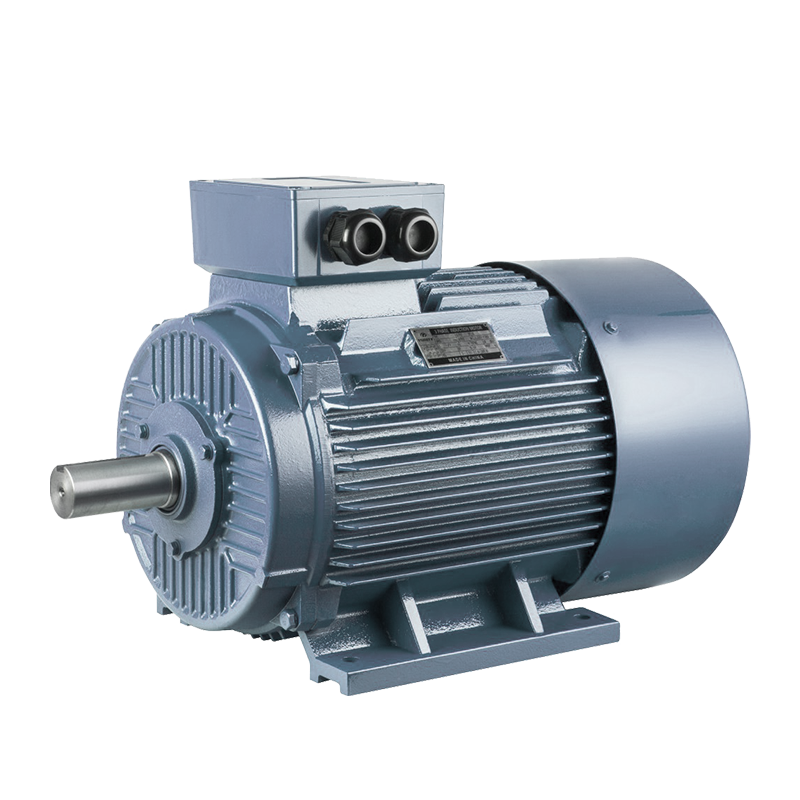 Electric Motor
Electric Motor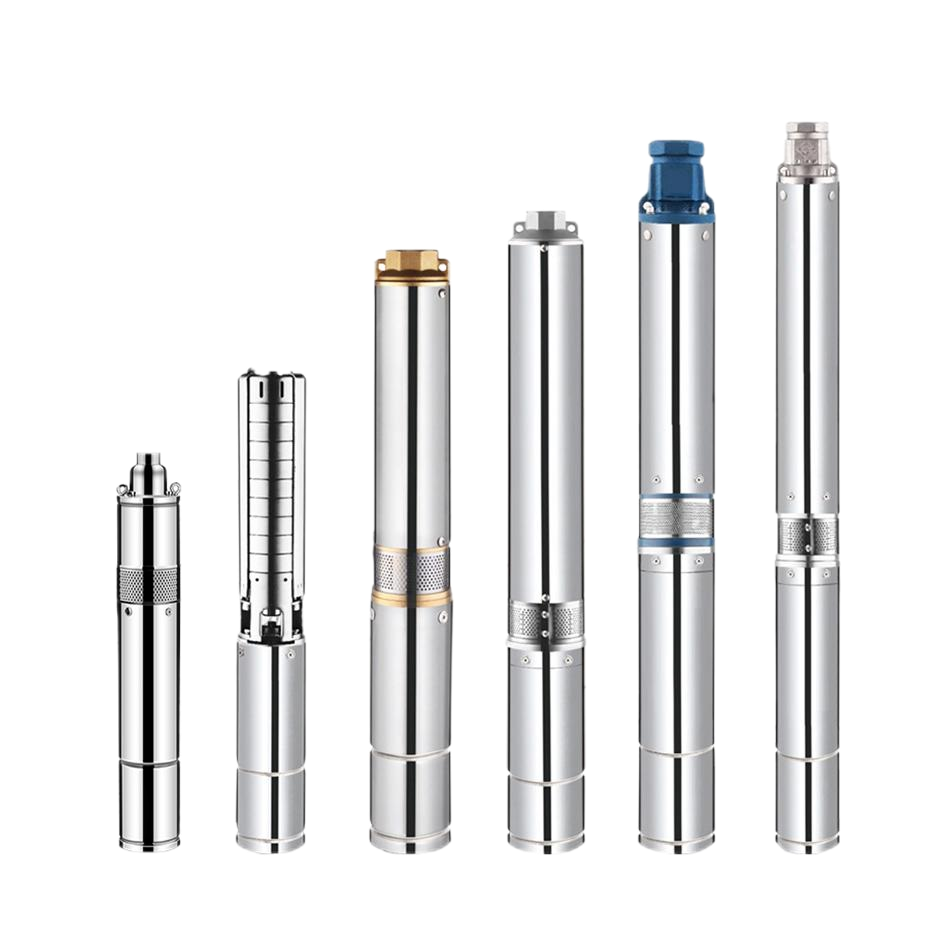 Borehole Pump
Borehole Pump